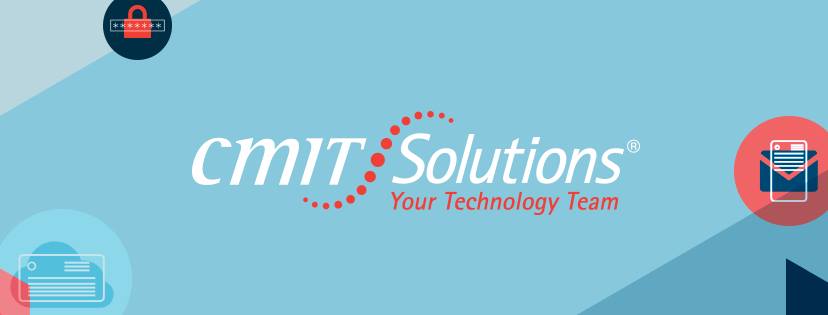First, download the software package here.
Once you've got it installed, open Windows Live Writer, and you'll be asked which blog site you use. Choose the service you're using, or pick a new one.
We chose to create a new blog using WordPress.
Enter the login credentials for your blog into Writer, and you'll see an editing window like this:
 Enter a title for the post and begin typing! If you'd like to add a link, select the "hyperlink" button on the top right corner of the editor.
Enter a title for the post and begin typing! If you'd like to add a link, select the "hyperlink" button on the top right corner of the editor. Writer will automatically create the appropriate HTML code for your links.
Writer will automatically create the appropriate HTML code for your links.Adding images and web video is just as simple. Choose from the "Picture" or "Video" drop-down menus below the "Hyperlink" button, and select the source. You can add media either stored on your computer or out on the web.

Alternatively, click on the "insert" tab for more media-embedding options.

Once you're ready to put it up on the web, just hit the "Publish" button, and you'll be taken to your latest post.
 Congratulations! Your blog now has content!
Congratulations! Your blog now has content!
Stay tuned for more QuickTips on how to use Windows Live Writer to get the most exposure for your business, including search-engine tools, best-practices, and social media.
